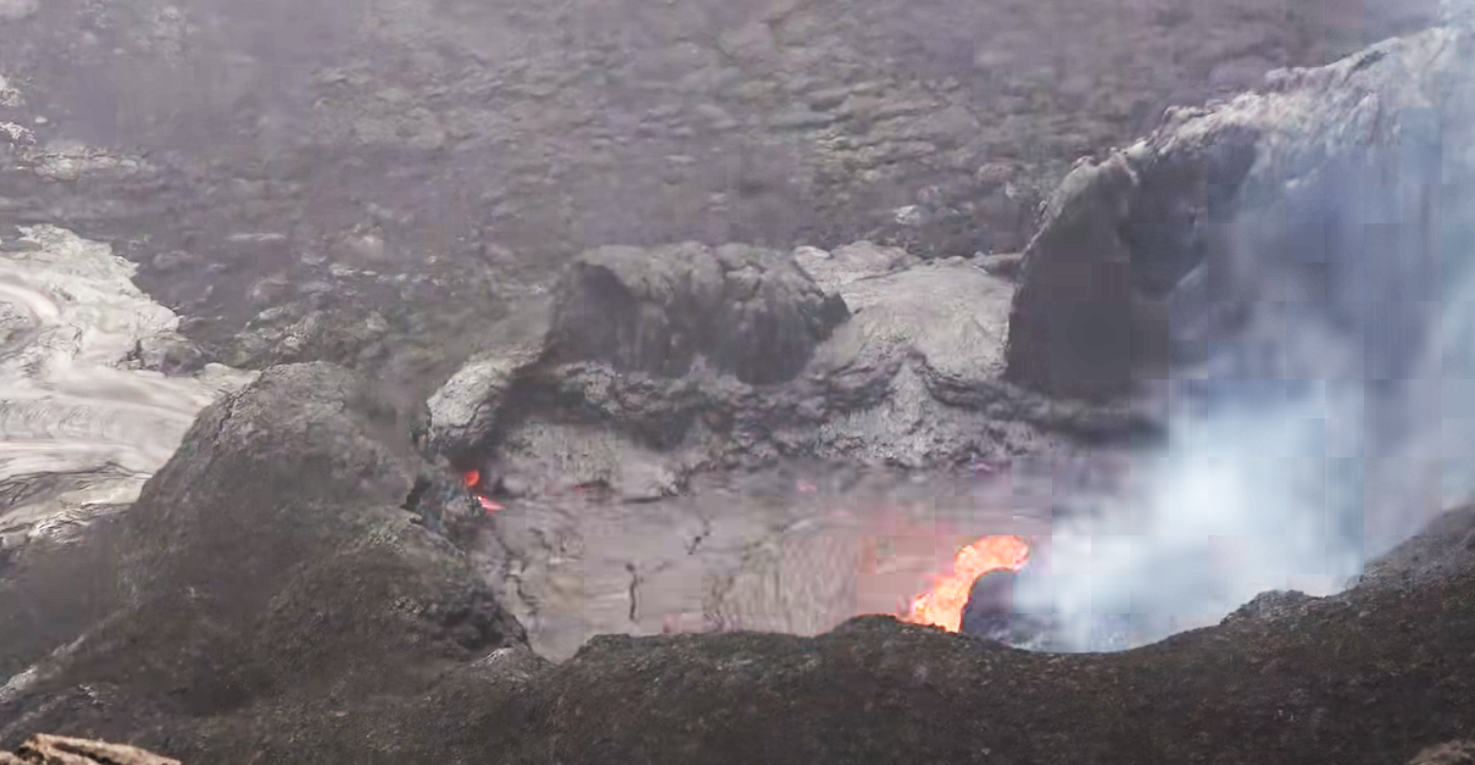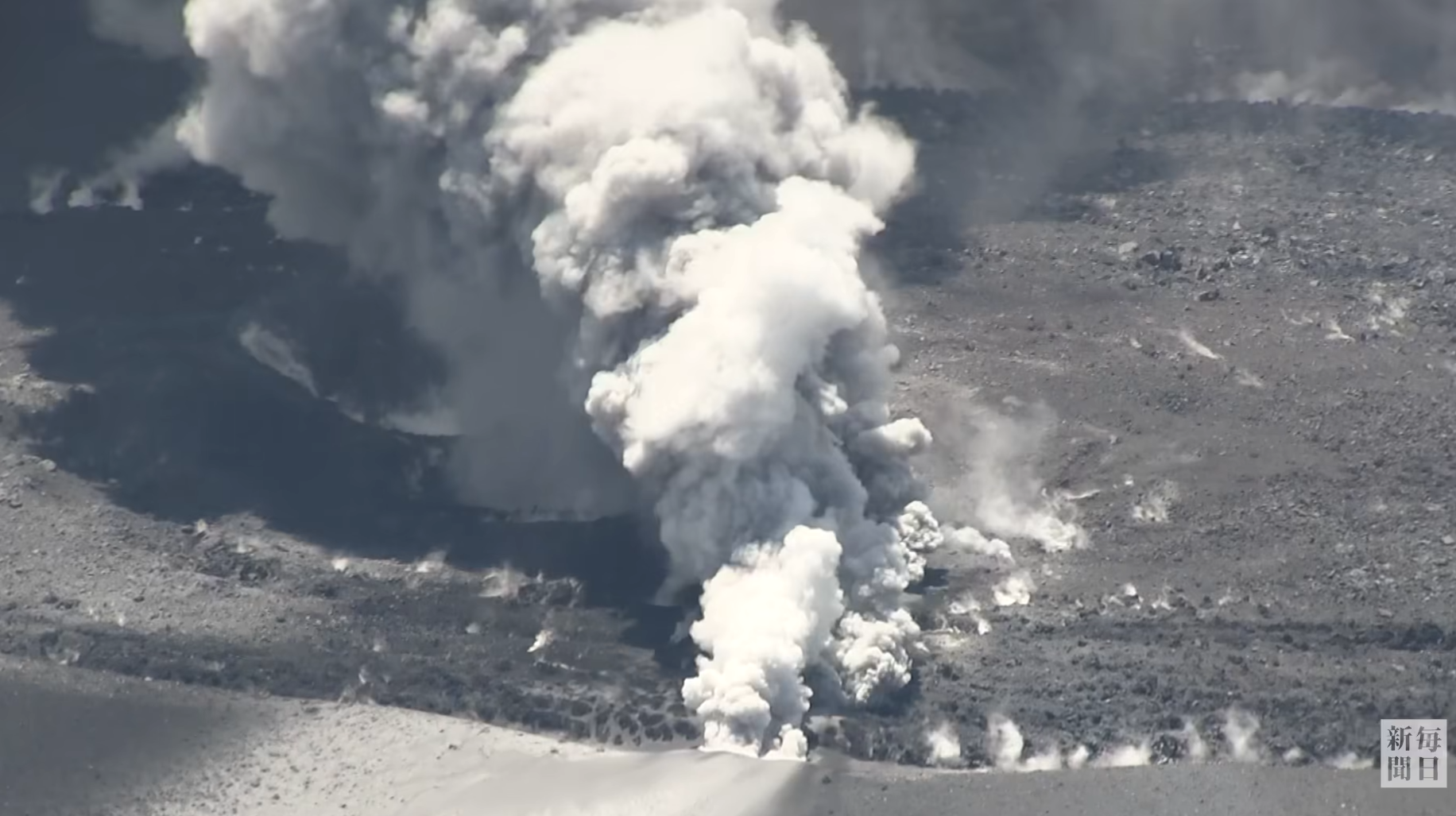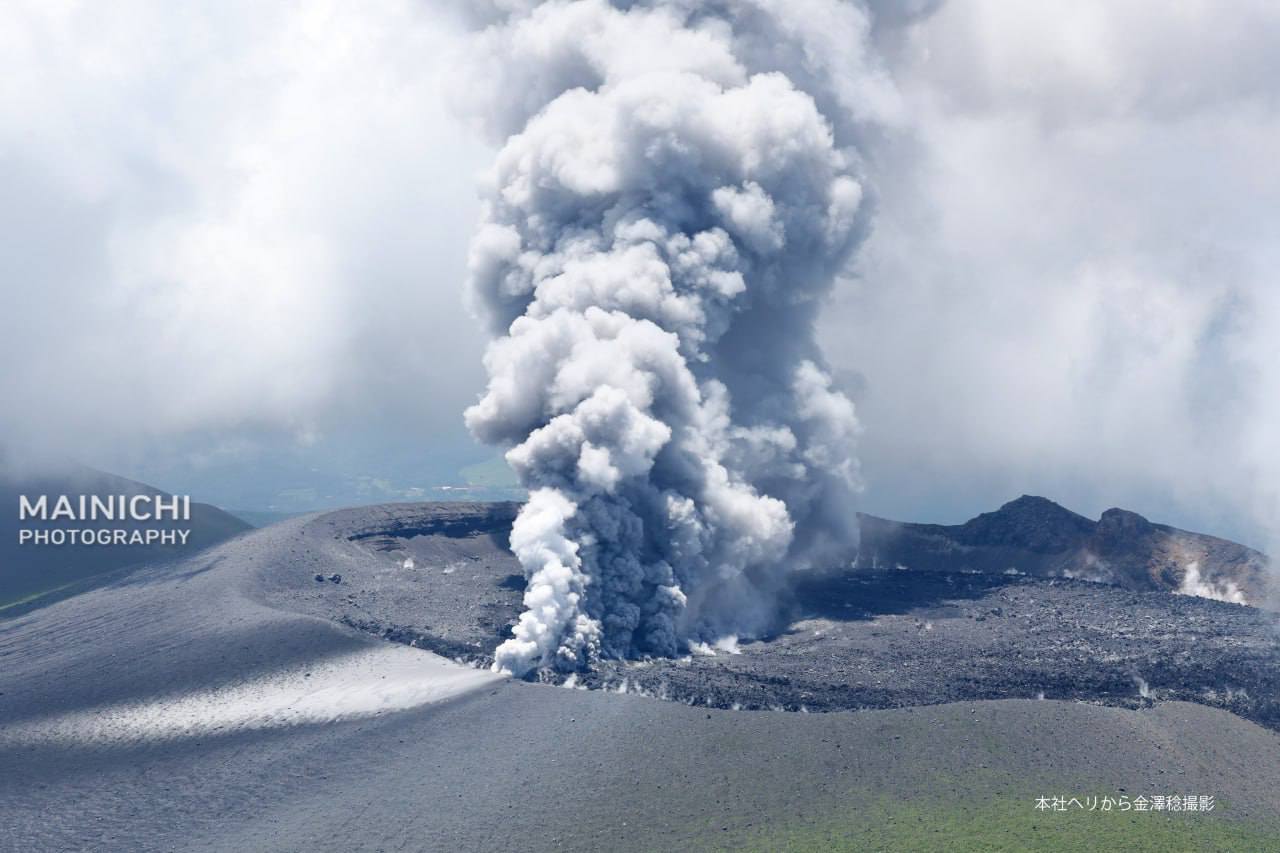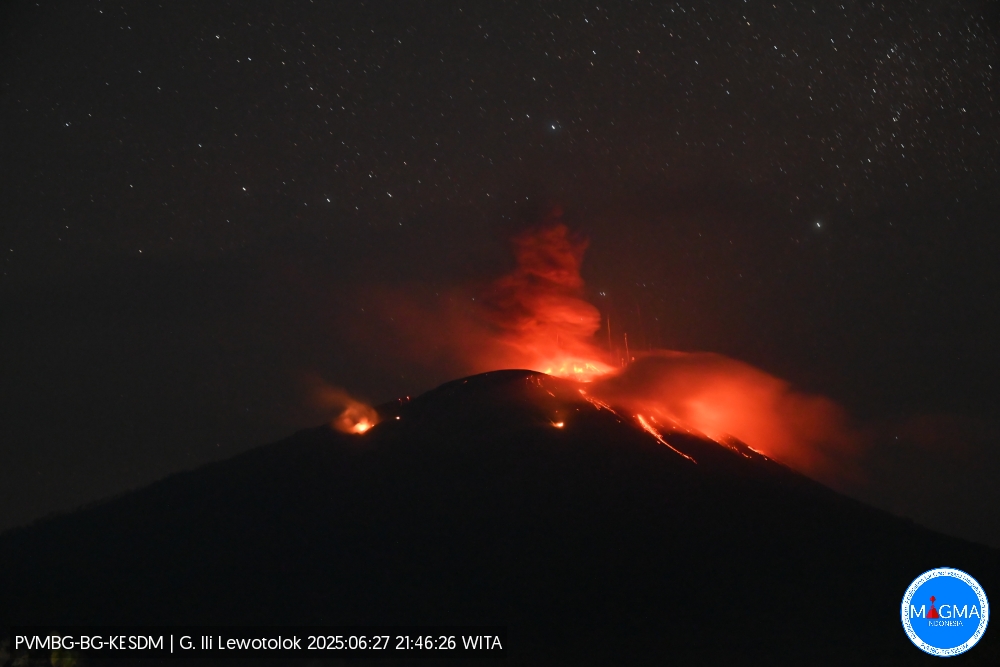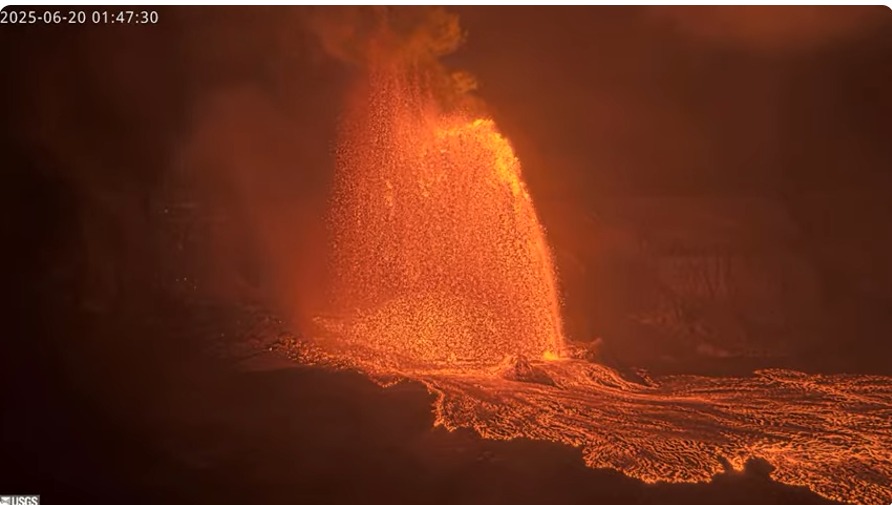July 5, 2025. EN. Alaska : Spurr , Hawaii : Kilauea , Indonesia : Ibu , Chile : Laguna del Maule , Colombia : Galeras .
July 5 , 2025. Alaska , Spurr : Unrest continues at Mount Spurr. The level of activity remains slightly above background but continues to decline since the peak of…

